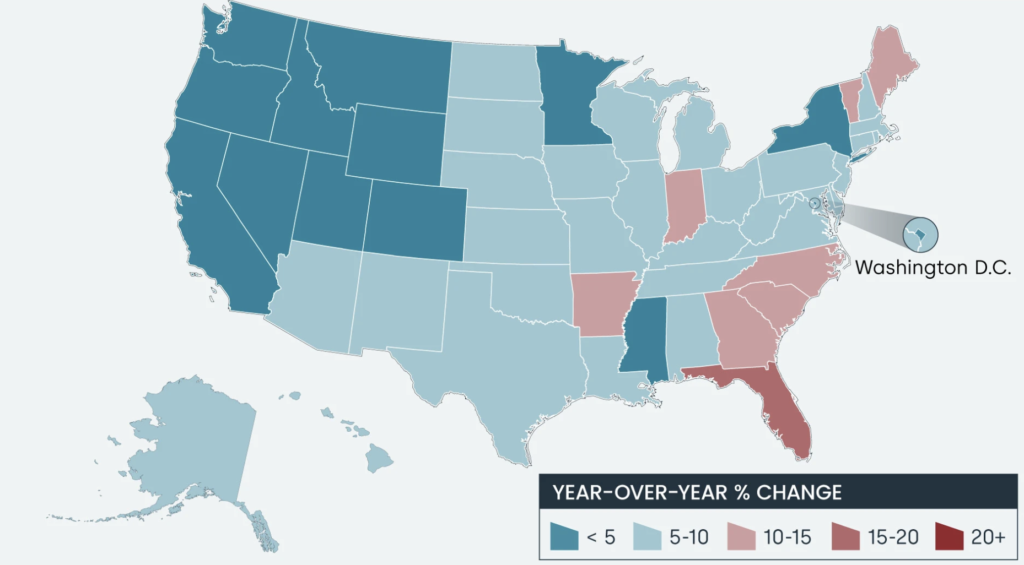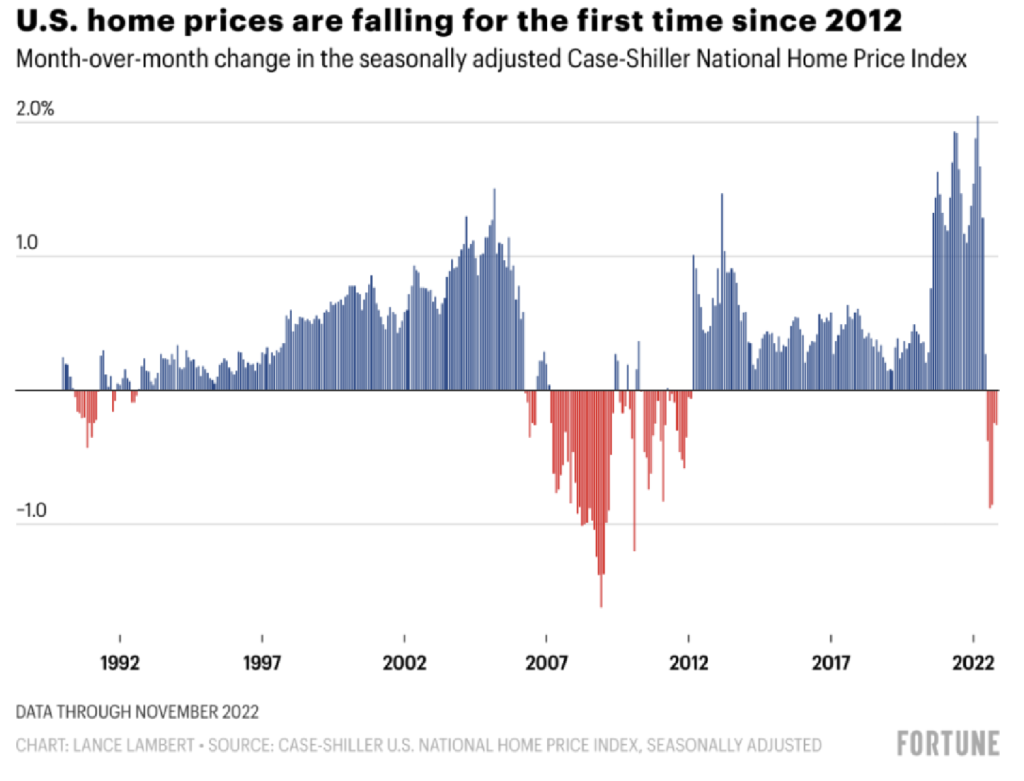From InsiderNJ:
Governor Murphy Holds Roundtable Discussion on Modernizing New Jersey’s Antiquated Liquor Licensing Laws
Governor Phil Murphy today held a roundtable discussion where he met with stakeholders to gather input and learn from diverse perspectives for his new legislative proposal to reform and modernize New Jersey’s antiquated liquor license laws. At Clinton restaurant Pru Thai, Governor Murphy was joined by key stakeholders who voiced their support and recommendations for a new equitable, affordable framework that has the potential to generate massive economic opportunities for small businesses and communities statewide.
“Our current liquor license law is a relic of Prohibition New Jersey. We need a liquor license law for the Next New Jersey,” said Governor Murphy. “We need to face the simple reality that a liquor license is a game-changer. Current financial barriers prevent equitable access for small businesses and those in underserved communities while suppressing New Jersey’s economy. Our impending proposal will create an affordable, equitable path for the next generation of aspiring restauranteurs, brewers, distillers, and vintners, making them more competitive with small businesses in neighboring states while transforming our economies and our downtowns. Equally important, it will establish a tax credit to support existing license holders and it will maintain local control over the licensing process so that communities have a say in the future of their town.”
…
“A liquor license for our restaurant would bring in extra revenue to support us during these challenging times in the devastating aftermath of COVID,” said Korn Wongsarochana, owner of Pru Thai restaurant. “Not only would it make life easier for our customers who want to enjoy drinks to complement their meal, it would also give other small family-owned restaurants the chance to obtain a license which, up until now, has been impossible.”
“Governor Murphy’s proposal is a game changer for small restaurant owners like myself, who may finally be able to realize our dreams of owning, not just a successful restaurant, but one that is sustainable for the long-term,” said Ehren Ryan, owner of Common Lot restaurant. “This modernization of our liquor license laws will help to build an industry that supports all existing hospitality establishments and most importantly, will inspire the next generation of New Jersey-born and -bred chefs and restaurateurs who want to establish and pursue their careers in this state.”
“As license holders, my family and I know how expensive liquor licenses can be and the obstacle it creates for people like us who want to open a restaurant” said Daniel Rios, Co-Owner of Sabor y Arte Restaurant, member of the Statewide Hispanic Chamber of Commerce of New Jersey. “We believe liquor license reform will help successful businesses like ours expand into new areas and markets.”


